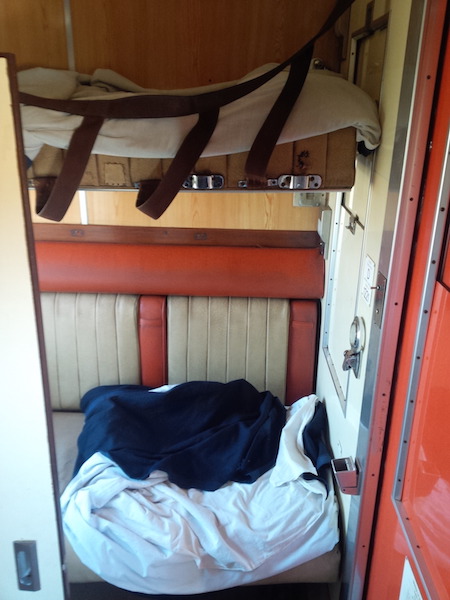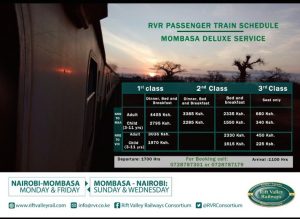Excerpts from the Public Investments Committee special report on the procurement and financing of the construction of Standard Gauge Railway (SGR) from Mombasa to Nairobi (phase I) (April 2014)
- The Ministry of Finance on 4th January 2010 wrote to the Government of China requesting for a concessional loan for the construction of a new Standard Gauge Railway at a cost of USD 2.5 Billion. The funding of the project is not a grant to Kenya but rather a loan that the people of Kenya are going to pay.
- In the Budget Statement for Fiscal Year 2013/14 delivered on 13th June, 2013 the Cabinet Secretary for the National Treasury proposed an amendment to the Customs and Excise Act, Cap 472, Laws of Kenya, so as to introduce a Railway Development Levy of 1.5 % of the customs value of all imported goods. The loan will cost USD 3.23 Billion from EXIM Bank of China comprised of a concessional loan of USD 1.6 billion and a commercial loan of USD 1.63 billion. The concessional loan is for 20 years and has a grace period of 7 years and an interest rate of 2% per annum while the commercial loan is for 10 years and grace period of 5 years and insurance cover of 6.93% of the commercial loan and interest of six months LIBOR + 360 basis point. The loan has a grant element of 35%. The insurance component is always available for any commercial loan. For China, the insurance cover has to be done by a Chinese firm, SinoSure. The insurance cover is to take care of nonpayment.
- The major financial implications of the project will be Kshs. 349.44 billion relating to: – EPC contract for USD 3.8 billion covering USD 2.657 billion for civil works, and USD 1.146 billion for facilities, locomotives and rolling stock; Kshs. 8.04 billion for compulsory acquisition of 2,253 hectares of land for the railway corridor; Kshs. 10.6 billion for Embakasi Inland Container Depot (ICD) expansion programme, facility development and container handling equipment; Kshs. 1 billion for land acquisition for the Embakasi inland depot; and Kshs. 3 billion for project supervision.
- The Government of Kenya has met all the requirements of the EXIM Bank of China which include; an Assurance that the Government will guarantee minimum freight demand for the SGR through execution of take or pay agreement between KRC and the Kenya Ports Authority and confirmation that Railway Development Fund will be used to repay the loan. EXIM Bank of China is currently going through its internal credit approval process following which it will submit to GoK, through the National Treasury the Financing Agreements. The financing agreement has not yet been signed (at the time of the report).
- There is no financing agreement yet signed between the Government of Kenya and EXIM Bank in China. There is no sovereign guarantee by the Government of Kenya on the commercial and concessional loan from the Government of China (at the time of the report).
- The National Treasury has undertaken a debt sustainability analysis and to ensure that the SGR loan does not compromise the debt policy parameters spelt out in the debt sustainability strategy paper and is sustainable.
- In the unlikely event that the revenues from railway operations are inadequate, the proceeds from the Railway Development Fund will be used to repay the loan.
$1 = ~Kshs 103



